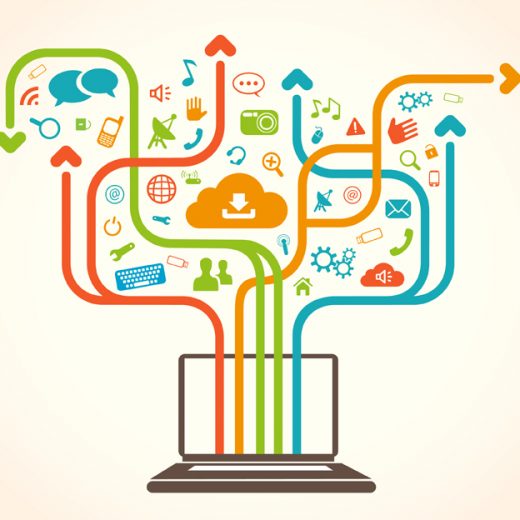Jump ahead to:
Overview
Conversion is often considered to be when someone completes a purchase.
While this is true, conversion is also the smaller steps people take during their buying process.

This post is part of a series and here is the link to the main glossary page.
It’s a process
When someone goes through the process of deciding to buy from you, they follow a certain series of decisions, whether they’re aware of this or not.
While the sequence of decisions may differ some from person to person, on average it is remarkably similar.
I’ll use Organic Growth as an example.
The general process people go through is:
They come to understand:
- Topical authority matters
- Building links helps
- This is something they can do
- Our platform and tutorials will help
- It’s not very much work and the upside is huge
- They should join
So on my website, I need to walk them through that process.
The Buyers Journey
The high-level name we give to the series of conversion steps is The Buyers Journey.
The reverse of the buyers’ journey is your Sales Funnel, which is your model of the decision process your existing customers went through in the process of becoming your customer.
Since the people who buy from you go through a decision process, you need to know what it is.
So to understand your sales funnel, talk to recent customers to understand the series of decisions they went through.
Examples of website conversions
In more general terms, website conversion refers to a number of different actions.
The list includes (but is not necessarily limited to):
- Opt-In to the mail list
- Download something
- View video
- Register for webinar
- Make a phone call
- Share a blog post
- Fill out a Contact Us form
You then use lead nurturing (through marketing automation) to stay in touch and nudge them to the next step, and the next, and the next, until they become a customer.
Always keep in mind that an increase in your conversion rate means uplifting your profit margin.
We're building a White Hat Link Exchange - for real - click here to learn more